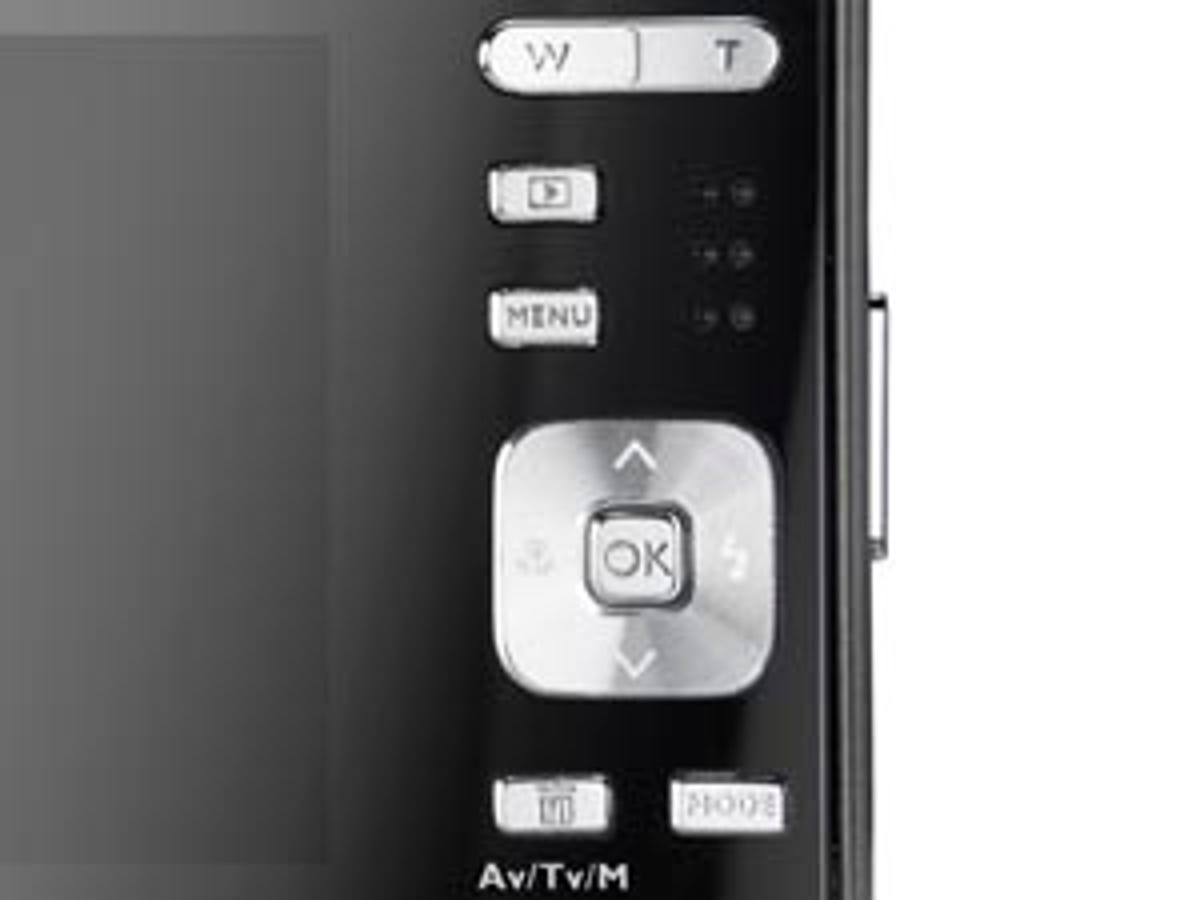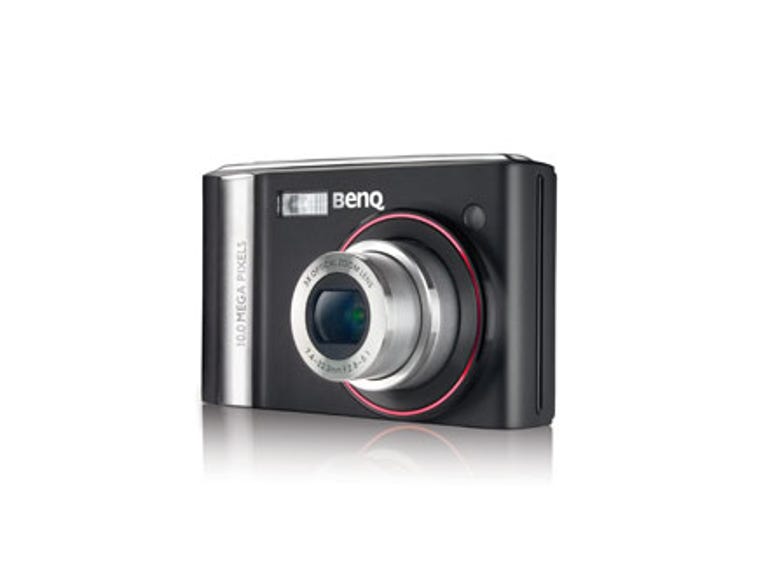 Why You Can Trust CNET
Why You Can Trust CNET BenQ DC E1000 review: BenQ DC E1000
With its minimalist charm and plenty of features, the BenQ DC E1000 is a diamond in the rough. Its screen is truly enormous at 76mm (3 inches), and the camera features a 3x optical zoom, face detection and shutter and aperture priority. This compact is definitely a great find
BenQ will probably never be the first name to spring to mind when it comes to cameras, but it has been quietly churning out straightforward point-and-shoot compacts for a while now.
The Good
The Bad
The Bottom Line
The DC E1000 boasts 10 megapixels and packs plenty of features, while still clocking in at a reasonable price. We tested the E1000 to see if this BenQ is worth its average online price of £100.
Design
Despite its blocky shape, there's a minimalist charm to the design of the beefy metal E1000, with a squared silver clickpad, gunmetal accents and a subtle red stripe around the lens. The buttons are, however, a little small.
One button we're really not keen on is the high ISO button next to the shutter. This cancels out camera shake but the resulting image noise means it is far from the best solution. We take issue with manufacturers labelling this an 'enhanced image stabiliser' or 'Super Shake Free function' as BenQ have here.

The E1000 includes a truly enormous 76mm (3-inch) LCD screen, which is great. The screen dominates the rear of the camera. In shooting mode the display is clear and sharp.
Features
The E1000 is a fairly standard compact in many respects, with the usual features like 3x optical zoom, face detection and ISO levels up to 1,600. There is a wealth of scene modes, but two of them are variations on high-ISO settings and some are a bit gimmicky, like the sketch and oil painting modes.
We're more impressed by shutter and aperture priority. Aperture priority only allows you to set minimum and maximum settings, but shutter priority is much more flexible giving you a wide range of shutter speed options, from 1/2000 of a second up to 8 seconds.
There are also three metering modes and exposure bracketing, which allows you to capture three versions of the same picture at different settings. Unfortunately these shooting options aren't particularly accessible, being buried in the menus rather than by dedicated buttons.
As an aside, we're pleased with BenQ's continued policy to provide sturdy pouches with their cameras.
Performance
If the E1000 is a typical compact, it's no surprise that it has the typical problems. Low light is a common problem for compacts. The E1000 struggles to
focus in darker conditions, despite the all-important inclusion of a
focus assist lamp. In better lighting, the autofocus does a good job.
Auto exposure handles most situations well, and an efficient white
balance function ensures that pictures are generally exposed in good form.
The only real letdown is the zoom lens. Start-up is fairly slow, limited as it is by the time it takes the arthritic lens to spin out. Zooming in and out is very clunky, with only seven steps and sluggish movement. There is also a fair bit of barrel distortion at the wide end, causing regular patterns like brickwork to appear to bulge.
Image quality
Image quality is nonetheless above average, as long as you bear in mind the usual issues of noise and low-light shooting. Colour is strong, with the portrait modes doing a good job on skin tones. Dynamic range is also good, providing plenty of detail in high contrast situations such as a backlit subject.
Image noise is less of a problem than in other similar compacts. Images were a bit gritty even as low as ISO 200, but noise is only really visible on a monitor and is kept in check up to ISO 800. At ISO 800, 1,200 and the maximum 1,600, images are unusable. This is fairly typical for this class of camera, and as always the high ISO settings prove to be something of a trap for the unwary low-light snapper.
Conclusion
We don't want to damn the BenQ DC E1000 with faint praise, because it is a very capable point-and-shoot, and certainly represents a step up in quality over the so-so DC C1050. The E1000 suffers the problems of every compact in its class, but the inclusion of shutter priority and generally capable automatic functions equip you to deal with noise and low light issues.
If you absolutely must have 10 megapixels, then for about £50 more, the Pentax Optio A30 is another straightforward snapper. For around that amount of money, you could also get the Canon Digital IXUS 75, which has a lower megapixel count but better features. Nonetheless, for this price the E1000 is an extremely worthy investment -- if you can find it.
Edited by Jason Jenkins
Additional editing by Shannon Doubleday


